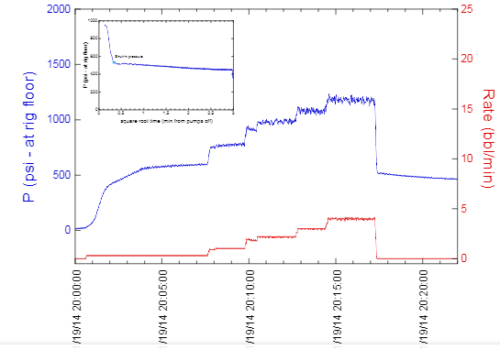高エネルギーX線が道を照らした。 High-energy X-rays lit a path forward.
2022-09-22 アメリカ国立標準技術研究所(NIST)
研究チームは、印刷すると従来製造されていた17-4鋼の特性に一致する特定の組成を特定した。研究者らは、粒子加速器からの高エネルギーX線を使って得た印刷プロセスの高速データに基づいて、この戦略をAdditive Manufacturing誌に発表した。
この研究で材料を調べるために使用されたアプローチは、他の種類の材料のプリント方法とその特性および性能の予測に関する理解を深めるためのテーブルを設定する可能性がある。
ミリ秒単位で起こる構造の急激な変化を観察するためには、特別な装置が必要で、研究者たちは、放射光X線回折装置(XRD)を開発した。
XRDでは、X線が材料と相互作用して、材料固有の結晶構造に対応する指紋のような信号を形成する。
17-4PH鋼の主成分は鉄だが、合金の組成には最大で12種類の異なる化学元素が含まれていることがある。著者らは、印刷中の構造力学を明確に把握した上で、鋼の組成を微調整し、鉄、ニッケル、銅、ニオブ、クロムを含む一連の組成がうまくいくことを突き止めた。
<関連情報>
- https://www.nist.gov/news-events/news/2022/09/researchers-uncover-how-3d-print-one-strongest-stainless-steels
- https://www.sciencedirect.com/science/article/abs/pii/S2214860422004602
相変態ダイナミクスに基づく積層造形用合金の開発 Phase transformation dynamics guided alloy development for additive manufacturing
Qilin Guo,Minglei Qu,Chihpin Andrew Chuang,Lianghua Xiong,Ali Nabaa,Zachary A.Young,Yang Ren,Peter Kenesei,Fan Zhang,Lianyi Chen
Additive Manufacturing Available online: 2 August 2022
DOI:https://doi.org/10.1016/j.addma.2022.103068

Abstract
Fusion-based additive manufacturing technologies enable the fabrication of geometrically and compositionally complex parts unachievable by conventional manufacturing methods. However, the non-uniform and far-from-equilibrium heating/cooling conditions pose a significant challenge to consistently obtaining desirable phases in the as-printed parts. Here we report a martensite stainless steel development guided by phase transformation dynamics revealed by in-situ high-speed, high-energy, high-resolution X-ray diffraction. This developed stainless steel consistently forms desired fully martensitic structure across a wide range of cooling rates (102–107 ℃/s), which enables direct printing of parts with fully martensitic structure. The as-printed material exhibits a yield strength of 1157 ± 23 MPa, comparable to its wrought counterpart after precipitation-hardening heat-treatment. The as-printed property is attributed to the fully martensitic structure and the fine precipitates formed during the intrinsic heat treatment in additive manufacturing. The phase transformation dynamics guided alloy development strategy demonstrated here opens the path for developing reliable, high-performance alloys specific for additive manufacturing.



